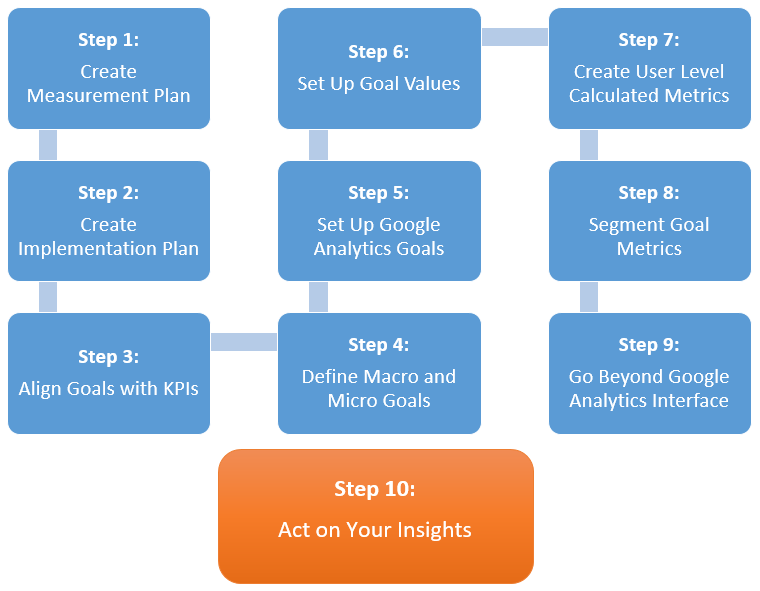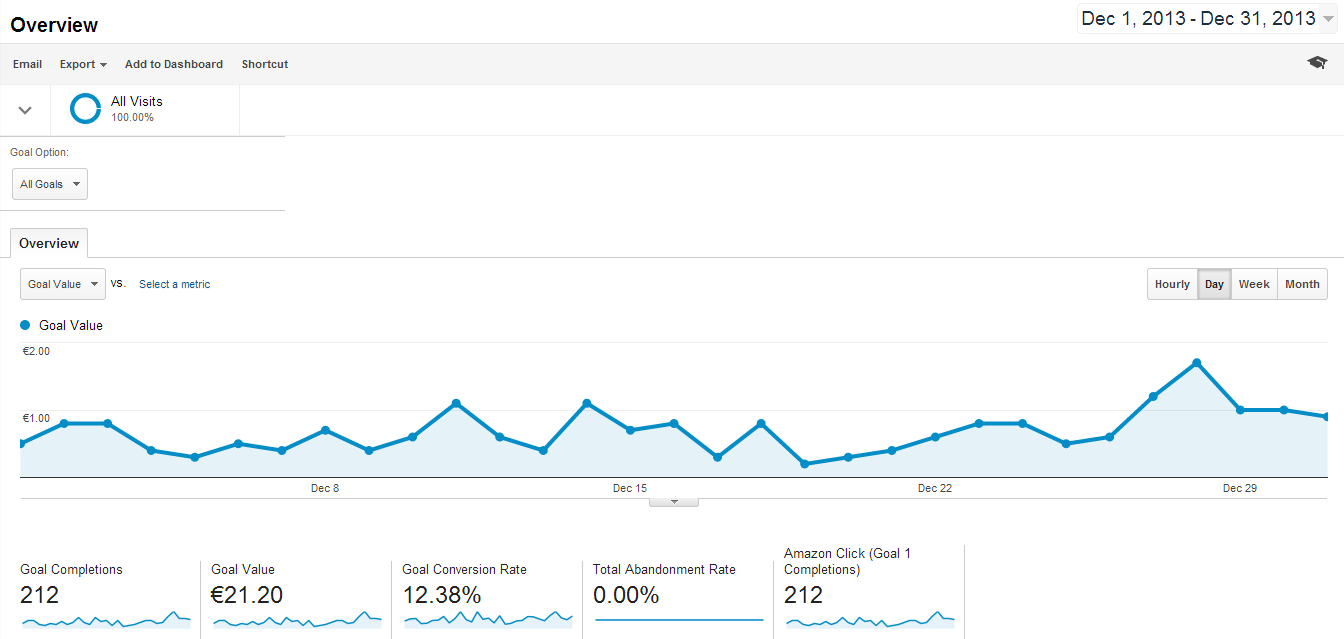Discover What Data Is Google Analytics Goals Unable to Track
Discover What Data Is Google Analytics Goals Unable to Track
Blog Article
Discover the Limitations of Google Analytics Goals: Unveiling the Information Types That Remain Untrackable
As businesses increasingly depend on data-driven decision-making, comprehending the restrictions of tools like Google Analytics becomes critical. While Google Analytics Goals offer useful insights right into user interactions, there exist data types that elude monitoring, presenting challenges to a comprehensive understanding of customer actions.
Insufficient User Journey Tracking
Incomplete customer journey tracking within Google Analytics can impede the capability to properly analyze customer habits. When the customer trip is not completely tracked, there are gaps in the data that avoid an extensive understanding of exactly how users engage with a web site. This lack of insight can result in missed possibilities for optimization and improvements to the individual experience.
One typical issue with incomplete individual journey tracking is the failure to see the complete course that customers take before completing a goal or leaving the website. Without this details, it is challenging to identify where users might be experiencing obstacles or rubbing factors that stop them from converting. In addition, incomplete monitoring can cover the impact of certain advertising and marketing initiatives or internet site adjustments on customer behavior.
To address this constraint, it is important to establish proper tracking devices within Google Analytics to record the entire user trip. This may involve setting up event monitoring, goal funnels, or using devices like Google Tag Manager to make sure that no essential interactions go unrecorded. By gaining a thorough sight of the user trip, web site owners can make more informed choices to enhance customer involvement and drive conversions.
Acknowledgment Obstacles
Browsing with acknowledgment obstacles in Google Analytics calls for a comprehensive understanding of just how various touchpoints add to the total conversion procedure. Attribution obstacles occur from the intricacy of contemporary customer trips, where users engage with numerous networks prior to converting.
One typical attribution obstacle is the problem in connecting conversions to the right resource, specifically in instances where customers communicate with multiple networks before converting. In addition, cross-device tracking poses one more attribution difficulty, as customers usually change between gadgets throughout their journey, making it testing to track their interactions seamlessly.
Offline Conversions
Offered the difficulties associated with associating conversions properly in online networks, the measurement of offline conversions provides a significant opportunity for marketers looking for a more detailed understanding of their consumers' journey. Offline conversions describe actions that customers absorb the real world, such as making purchases in brick-and-mortar shops or over the phone, participating in events, or involving with published products - what data is google analytics goals unable to track. These conversions are crucial for companies that operate both online and offline, as they give beneficial insights into the efficiency of advertising and marketing projects throughout different touchpoints
Tracking offline conversions generally postured a considerable obstacle for marketers, as it was testing to attach these activities back to certain online communications properly. With innovations in modern technology, such as the combination of CRM systems, special identifiers, and voucher codes, businesses can currently bridge the void between online and offline data to gain an extra all natural view of client behavior. By effectively determining offline conversions, marketing professionals can maximize their strategies, designate sources more effectively, and eventually improve the overall client experience.
Cross-Device Monitoring
Cross-device monitoring plays a crucial function in recognizing the interconnected nature of customers' electronic communications across multiple tools. In today's omnichannel globe, where customers seamlessly change between desktops, smart devices, and tablets, tracking their actions across these tools is crucial for marketers to get an extensive view of their client trip.

In addition, privacy problems and regulations such as GDPR and CCPA have even more complex cross-device monitoring. With individuals requiring even more control over their information and increased limitations on monitoring technologies, marketing experts need to discover privacy-compliant and innovative means to connect individual communications across gadgets.
Dynamic Material Engagement
Comprehending user interaction with vibrant material is crucial in enhancing digital advertising and marketing strategies for improved target market communication. Dynamic content refers to web site elements that transform based on individual behavior, choices, or various other aspects, providing a customized experience. Tracking customer interactions with dynamic content poses challenges for standard analytics devices like Google Analytics.
While Google Analytics can track basic interactions like clicks and page sights, it look at this website might struggle check here to capture more nuanced interactions within dynamic web content. what data is google analytics goals unable to track. Metrics such as time spent on particular vibrant components, float actions, or interactions within pop-ups are often not quickly quantifiable utilizing typical monitoring techniques. This constraint hinders marketing professionals' ability to totally understand how customers are engaging with vibrant material and customize their techniques accordingly

Final Thought
To conclude, Google Analytics goals have restrictions in tracking insufficient individual journeys, associating conversions properly, recording offline conversions, tracking cross-device communications, and gauging vibrant content engagement. These constraints highlight the value of discovering added tracking techniques and tools to gain an extra extensive understanding of customer behavior and conversions beyond what Google Analytics can give.
While Google Analytics Goals offer useful insights right into user interactions, there exist data types that thwart monitoring, positioning challenges to a detailed understanding of individual habits.Incomplete customer journey tracking within Google Analytics can impede the capacity to accurately evaluate user actions. When the customer trip is not completely tracked, there are voids in the data that stop a comprehensive understanding of how users connect with a web site.One common problem with incomplete customer trip tracking is the failure to see the complete course that users take before completing an objective or leaving the site. By gaining a thorough sight of the user journey, internet site proprietors can make even more educated decisions to improve customer engagement and drive conversions.
Report this page